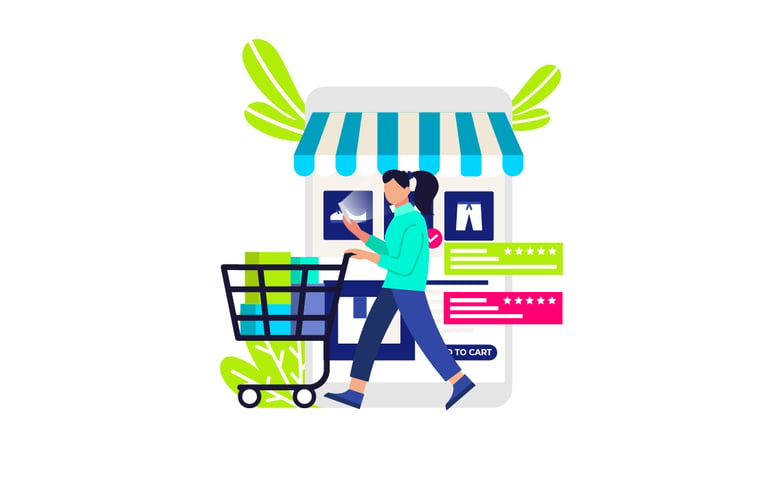Once upon a time, B2B used to rely on trade catalogs and sales enablement materials that were manually reproduced and distributed to target industries. Then the internet happened, and it disrupted the traditional methods of commerce and how people and companies buy and sell goods and services.
While e-commerce was believed to have started in the 1990s, it wasn’t until Google launched AdWords in the year 2000 that e-commerce began to rise. SEO became standard practice, and it continues to be a scalable strategy for every e-commerce business. These changes prompted industries to jump in the wagon of digital transformation.
But what do these changes mean for B2B buyers and vendors?
The buyer landscape has changed with the proliferation of different technologies. It brought with it a new generation of buyers, and vendors must adapt. These Millennial and Gen Z buyers are hyper-connected, and their preferences and expectations are noticeably different. They want more personalized experiences and for their online buying process to be:
- Smooth – where the process is easy and fast
- Error-free – where there’s little possibility for them to receive the wrong product
- Accessible – where they can complete the buying process, from research to completing the order, anywhere
- Personalized – where they are presented with products and options tailored to their needs
This means that B2B vendors face buyers that expect them to be engaged, personal and available. Thus, they must comply with the demands of these new buyers or else risk losing business partners and potential sales.





